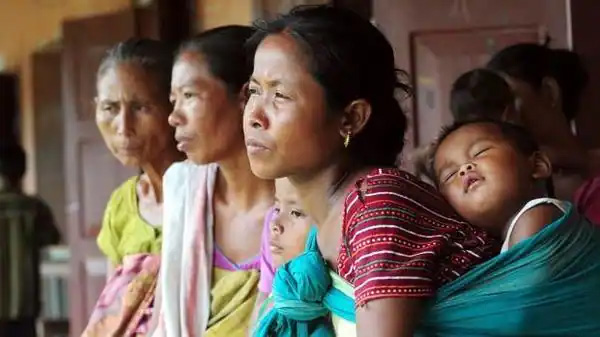
A holistic approach to healthcare for our indigenous folk could be a beacon for the world
Communities cannot thrive without good health, but sadly, good health can be elusive for communities on the margins of society. Even before covid, tribal and indigenous people all over the world have routinely experienced lower life expectancies, poor maternal and child health, and higher rates of both infectious and non-communicable diseases. The coronavirus pandemic—food insecurity, isolation, and loss of income that have followed—have only exacerbated these trends and pushed vulnerable tribal and indigenous populations further to the margins.
But India is particularly well placed to reverse these trends. As home to 28% of the world's tribal people, developing holistic bottom-up strategies to improve health and well-being in local settings. India can become the forerunner of new initiatives to improve tribal health, creating a model for the rest of the world to empower indigenous communities. By working with local leaders to bridge knowledge gaps, strengthening last mile service delivery and leveraging the potential of new technologies and partnerships, India can vastly improve the well-being of its 104 million tribal citizens and help the world reach its Sustainable Development Goals for 2030.
To be clear, this task will not be easy. Due to a variety of factors, the life expectancy of tribal and indigenous people worldwide is up to 20 years lower than the rest of the population. More than half of indigenous adults over 35 suffer from type-2 diabetes. In India, while there is limited data, sources suggest that a tribal woman is twice as likely to die during pregnancy and childbirth. India's tribal population also accounts for 50% of malaria deaths in the country, and tuberculosis is five times more prevalent.
Nonetheless, India has both the ability and responsibility to transform how its most vulnerable citizens and communities receive healthcare. Doing so is critical not only to India's future, but to that of tribal and indigenous populations all over the world.
The challenge of improving tribal health and nutrition can be tackled with a three-pronged approach. First, there must be enough available knowledge and tribal de-segregated data to make evidence-based policy decisions. Complicated problems cannot be solved without an in-depth understanding of the root causes. India is not a homogenous population; linguistic barriers, coupled with generally poor or no data, might further lead to a lack of context-specific policies and interventions.
Thus, it becomes imperative to create and disseminate knowledge around tribal health and nutrition, both to inform policy and help address myths within communities that might discourage people from accessing healthcare if and when available. Second, working alongside governments at every level, we must strengthen health service delivery in the last mile.
While universal access to healthcare has remained elusive to date, the government is making its best attempts to bridge the gap with tribal focused plans, including by operationalizing health and wellness centres in remote and tribal areas. In our past experience, be it in the aspirational districts of India or working in other parts of the world, affordable and accessible healthcare does not become a reality unless both the delivery of health services and health-seeking behaviour of the community work towards each other. In other words, to achieve the audacious goal of impacting 104 million people, both the demand and supply sides of health services will have to be bolstered in paralle.
(The writers are Dr. Swati Piramal and Mark Suzman; views are personal)
This article was first published on 07 April 2021, on Mint
TAGS
SHARE





